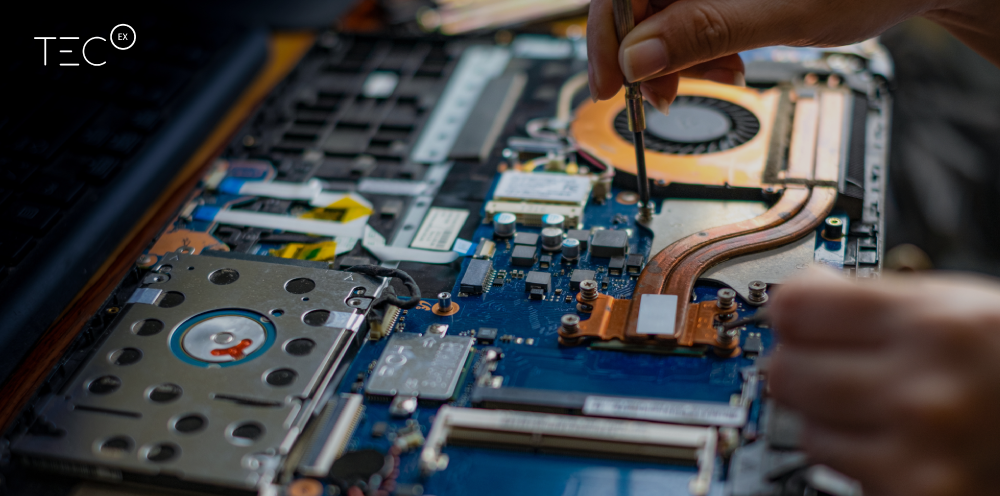A global supply chain is incomplete without reverse logistics. Once a product has travelled through each party and reached the end-user, there’s always a chance that the need will arise for it to travel the same supply chain in reverse.
This is especially true regarding technology due to its endlessly evolving nature and the need for sellers to keep up in creative ways. From customer returns to product repairs, to complete remanufacturing of goods – or their sustainable disposal – reverse logistics is vital for a complete supply chain with efficient tech logistics.
What Is Reverse Logistics?
Reverse logistics, or return logistics, is a type of supply chain management. The process involves moving products from the end-user back up the supply chain, whether to the seller, distributor, or manufacturer.
This is usually done to recall, return, repair, recycle, or dispose of the goods. Reverse logistics follows the opposite of the typical supply chain flow, but the goods can be returned to any previous link in the supply chain, depending on the situation.
The Role of Reverse Logistics in Compliance
Waste Electrical and Electronic Equipment (WEEE)
Reverse logistics for Waste Electrical and Electronic Equipment (WEEE) involves recovering WEEE from end-users and returning it to the seller to recycle or dispose of it. The EU’s WEEE Directive aims to minimize the amount of electrical and electronic waste that is added to landfills or incinerated. Return logistics ensures a planned, streamlined flow of these goods back to the seller to collect and recycle the waste created by their products.
Extended Producer Responsibility (EPR) & Waste Recovery
EPR aims to hold producers accountable for their goods throughout their entire lifecycle, from production until disposal. This initiative encourages producers to enhance product sustainability, use minimal materials, improve the recyclability of goods, create systems for waste recovery, and guarantee their safe disposal.
India has a compulsory EPR registration for Electronic Electrical Equipment (EEE) and plastic producers. This means that seamless reverse logistics are vital for importers and any other links in a supply chain involved with shipping products to India to remain compliant with their EPR certification.
What Is RMA In Reverse Logistics?
Return Merchant Authorization is a process that authorizes a customer’s return of a product to the seller. This is crucial for reverse logistics, as it helps streamline returns by providing a systematic approach to authorizing, tracking, and processing returned items.
Sellers can fast-track the process of learning about the problem, identifying the right solution, and keeping track of inventory. A well-implemented RMA system enables efficient returns for consumers. In turn, robust reverse logistics allow the return to move back along the supply chain as fast as possible for a streamlined resolution.
Five Common Types of Reverse Logistics in Tech
1. Leasing Goods
When contracts for leased goods expire, return logistics enables companies to remarket, recycle, or redeploy these goods. Complex technology requires careful tracking and management while being leased and will likely need to be inspected, repaired, or refurbished before it can be leased out again.
2. Repairs and Maintenance
When issues arise with a product, the supplier must have a reverse logistics plan that allows them to repair it promptly.
Strategic return logistics will minimize downtime and accelerate the return to market of refurbished products. This will improve the lifecycle management of technology and reduce the costs associated with producing replacement goods.
3. Refurbishment

According to UNITAR, 62 million tonnes (Mt) of e-waste were produced in 2022, an increase of 82% from 2010. This figure is set to rise another 32% in 2030 to 82 million tonnes.
Return logistics allow manufacturers to bring new life to old products. The materials from outdated or unused technology can be refurbished and upgraded. Components from these devices can be repurposed or enhanced to live up to modern tech.
4. Returns Management and RPP
Returns from customers need to be collected and processed efficiently. After that, the customer may need to be refunded, and the product could be replaced, repaired, resold, or discarded. A smooth and hassle-free experience is pertinent to ensuring your customer has a pleasant return experience.
Return logistics also control your Returns Policy and Procedure (RPP). A customer-centric policy requires strategic reverse logistics to enable a faster returns process. This also directly impacts sales, as “67% of consumers will check an online retailer’s return policy before committing to a purchase,” according to DHL.
5. Remanufacturing End-Of-Life Tech
End-of-life refurbishment is a key aspect of reverse logistics that involves repairing or upgrading products that are no longer in service or are unusable. This process extends the product’s lifespan and reduces waste.
End-of-life technology goods can often be remade and integrated into new goods. By re-using existing components and materials, manufacturers can create new products with the most recent technologies, including AI. Reusing old materials enables cost-effective innovation while reducing environmental impact.
What Are Two Benefits Associated With Reverse Logistics?
Boost Sustainability Efforts
Reverse logistics allows companies to address waste efficiently. It enables products or materials to be recycled or have their life cycle extended. Return logistics feeds into a circular economy where used goods are diligently refurbished, resold, or recycled for minimal environmental impact and efficient sustainable practices.
Minimize Costs and Waste
Reverse logistics can improve your supply chain by enabling a circular and continuous flow of goods. Companies can reclaim valuable raw materials and components by returning, recycling, and refurbishing electronics, which saves costs on obtaining new resources.
Streamlined return logistics also reduce handling and restocking costs and give you insight into where your products can be improved. The customer loyalty and retention created by the process can even boost your sales and profitability.
FAQs
What is Reverse Logistics?
Reverse logistics refers to moving goods from their final destination back up the supply chain for return, repair, recycling, or disposal. This can include leased goods, repairs and maintenance, remanufacturing and refurbishments, end-of-life goods, or customer returns.
Why is Reverse Logistics Important?
Reverse logistics is crucial because it helps businesses efficiently manage returns, repairs, and recycling. When done strategically, this reduces waste, improves customer satisfaction, and saves costs. By streamlining returns, companies can recover value from unsold, returned, or end-of-life products, which enhances their overall profitability.
How Can Reverse Logistics Improve Your Bottom Line?
Strategic reverse logistics can enhance your bottom line in several ways. First, it helps recover value from returned products through resale or recycling, directly boosting revenue. Second, improving customer satisfaction with hassle-free returns can increase customer loyalty and repeat purchases. Lastly, by reducing operational inefficiencies, companies can save money and allocate resources more effectively, ultimately increasing profitability.


